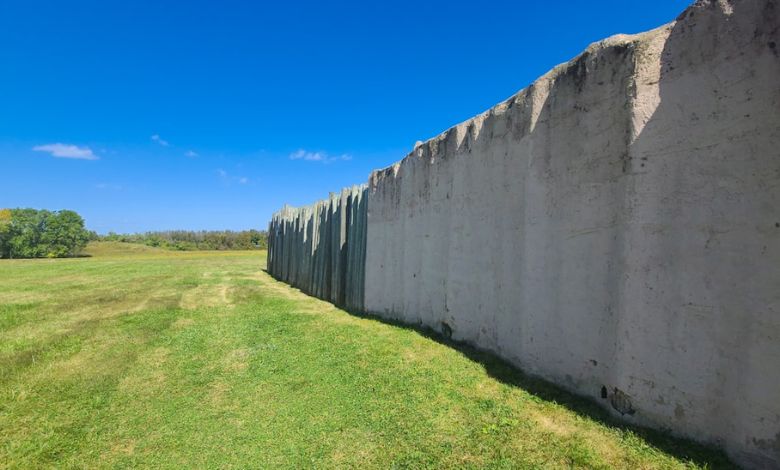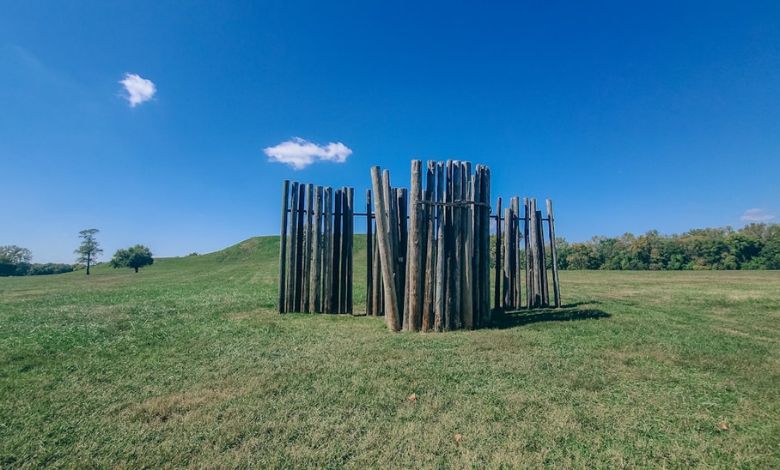Learn what commoners were used for by the Mississippians, learn about their roles, daily lives, and contributions to society.
With great mounds and large towns everywhere in the Mississippian world, you easily can forget that a whole different world of everyday people was out there and was one factor that helped make it possible. Being familiar with basic social enterprise would help you appreciate each of the several interlocking endeavors that help keep their society thriving.
Have you ever stopped to wonder what it was like to be some of the people who are not chief or priest? Today we will talk about the plain folk who ran Mississippian Society.
When I first got into studying Mississippian culture, I was amazed by all the focus on their mounds and elite rulers. But the more I learned, the more I realized it was really the common people-their hard work, creativity, and resilience-that made those big achievements possible. Let’s dive into how they shaped this incredible period of history.
Article Breakdown
The Daily Lives of Commoners

Imagine waking up to the soft rustle of cornstalks swaying in the breeze, the sun rising over fertile fields, and the buzz of a community coming alive. For the commoners of Mississippian culture, this was their reality. Agriculture was their lifeblood, and their hard work in the fields ensured the survival of the entire community.
Agriculture: Feeding the Civilization
Commoners were primarily responsible for growing the “three sisters”, corn, beans, and squash. These crops weren’t just food; they were the foundation of the Mississippian economy and culture. Corn, for instance, was not only a staple diet but also played a ceremonial role, symbolizing life and prosperity.
To put it in perspective, imagine organizing a massive potluck where you’re tasked with feeding hundreds of people, every single day. That’s the kind of responsibility these farmers carried. They developed advanced agricultural techniques, such as rotating crops and building raised fields, to maximize productivity. It’s like early permaculture, innovative and efficient!
Think of them as the unsung heroes of a modern startup. While the CEO (the chief) gets all the glory, it’s the developers, marketers, and customer support teams (the commoners) who are grinding behind the scenes to make everything function smoothly. Without their contributions, nothing else would succeed.
Craftsmanship and Artisanship
Beyond the fields, many commoners honed their skills as artisans, creating tools, pottery, and other goods essential for daily life and cultural rituals. When I first saw a Mississippian pot in a museum, its intricate designs and smooth finish took my breath away. These weren’t just utilitarian objects; they were works of art that told stories.
The Role of Artisans
Mississippian commoners crafted:
- Pottery: Used for cooking, storage, and ceremonial purposes. The designs often depicted animals, mythological beings, and daily life.
- Tools: From stone axes to fishing nets, their handiwork made survival possible.
- Jewelry and ornaments: Shell beads, copper decorations, and intricate carvings highlighted their artistic flair.
One of the most fascinating things about their pottery is how it’s still helping us today. Archeologists often use these artifacts to understand trade networks, as certain styles and materials were exchanged across vast distances.
A few years ago, I tried my hand at pottery during a weekend workshop. Let’s just say my clay bowl looked more like a wobbly pancake. Reflecting on the skill and patience required to create something as exquisite as Mississippian pottery makes their artistry even more impressive.
Builders of Mounds and Communities
Perhaps the most iconic feature of Mississippian culture is their earthen mounds, towering structures that served as platforms for temples, residences, and ceremonial spaces. These monumental works weren’t built by elites lounging on thrones; they were the result of collective effort, sweat, and determination from commoners.
The Engineering Marvels
Constructing these mounds required moving vast amounts of earth, often by hand, using woven baskets. It’s estimated that the largest mound, Monk’s Mound in Cahokia, involved moving over 14 million cubic feet of soil. To give you a sense of scale, that’s like building a pyramid out of dirt, without the luxury of modern machinery.
Community Effort and Unity
This process wasn’t just about physical labor; it was a testament to the community’s unity and shared purpose. Everyone had a role, from digging and transporting soil to organizing resources and coordinating the workforce. The mounds were more than just structures; they were symbols of a society’s ability to come together for a common goal.
Example
Think of it like a modern-day Habitat for Humanity project. Volunteers come together to build homes for families in need. It’s hard work, but the sense of accomplishment and the bonds formed make it worthwhile. For Mississippian commoners, building mounds likely carried a similar sense of pride and communal identity.
Social Hierarchy and Commoner Life
In Mississippian society, a clear social hierarchy existed. The elites, chiefs, priests, and their families, occupied the top, while commoners formed the base. But don’t mistake their position for insignificance. The system depended on their contributions.
Mutual Reliance
While elites governed, conducted ceremonies, and managed trade, it was the commoners who made it all possible. They provided food, built infrastructure, and produced goods. In return, the elites offered spiritual guidance, protection, and organization. It’s a bit like the relationship between a coach and their team: the coach might strategize, but it’s the players who execute and win the game.
Daily Challenges and Rewards
Life for commoners wasn’t easy. They faced long hours of labor, seasonal hardships, and occasional conflicts. Yet, they also experienced the rewards of community life: festivals, shared meals, and a sense of belonging. The Mississippians were a people who celebrated their connection to the land, each other, and their spiritual beliefs.
Key Takings
- As we reflect on the Mississippians, it’s clear that their commoners were more than just laborers; they were innovators, artists, and community builders.
- Their contributions laid the foundation for a thriving civilization that continues to captivate us today.
- The next time you visit a museum or read about ancient cultures, take a moment to think about the unnamed individuals who made it all possible.
- Their stories, though often overlooked, are the threads that weave the fabric of history.
Additional Resources:
- Mississippian Civilization Video: This YouTube video explores the Mississippian Civilization, a pre-Columbian Native American culture that thrived in central and southeastern regions.
- Mound Builders: This article provides insights into the prehistoric American Indians known for their practice of burying their dead in large mounds.



